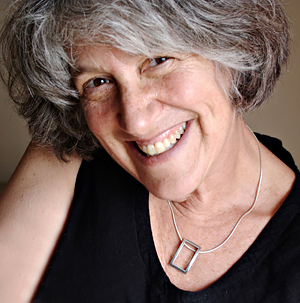Jane Fulton Alt began exploring the visual arts while pursuing her career as a clinical social worker. She received her B. A. from the University of Michigan and her M. A. from the University of Chicago. She is living and working on the shores of Lake Michigan in Evanston, Illinois, and in close proximity to the Mississippi River in New Orleans. Alt is a three time winner of Photolucida's Critical Mass for her Katrina and Burn portfolios. She has authored Look and Leave: Photographs and Stories of New Orleans's Lower Ninth Ward (The Center for American Places at Columbia College Chicago, 2009), The Burn (Keher Verlag, 2013), and her Crude Awakening portfolio was printed in multiple publications worldwide.
She received the 2012 Humble Arts 31 Women in Art Photography Award, the Photo District News 2011 Curators Choice Award, the 2007 Illinois Arts Council Fellowship Award and multiple Ragdale Foundation Fellowships. Alt has exhibited nationally and internationally and her work can be found in many permanent collections.
The Burn
These photographs are part of a series begun in 2007 when I observed my first controlled prairie burn. I was immediately struck by the burn’s visual and expressive potential, as well as the way it evoked themes that are at the core of my photographic work.
A controlled burn is deliberately set; its violent, destructive force reduces invasive vegetation so that native plants can continue to prosper. The elements of the burn—the mysterious luminosity, the smoke that both obscures and reveals—suggest a liminal space, a zone of ambiguity where destruction merges with renewal.
These images of regenerative destruction have a personal significance—I photographed my first burn within the space of a few days when my first grandchild was born and my sister began a course of chemotherapy—yet they constitute a universal metaphor: the moment when life and death are not contradictory but are perceived as a single process to be embraced as a whole.
between fire/smoke is an unfolding visual and textual journey through a landscape of liminality, leading to a place where all that is unresolved is imaginable.
